Tall sabal palms in Washington DC
walkingthefrog
13 years ago
Featured Answer
Sort by:Oldest
Comments (37)
statenislandpalm7a
13 years agoHardyPalmFreak
13 years agoRelated Professionals
Glassmanor Landscape Architects & Landscape Designers · Bedford Heights Landscape Contractors · Corona Landscape Contractors · Fort Wayne Landscape Contractors · Lorain Landscape Contractors · Lyndhurst Landscape Contractors · Middleton Landscape Contractors · North Canton Landscape Contractors · Red Oak Landscape Contractors · Seymour Landscape Contractors · Stallings Landscape Contractors · Maple Heights Landscape Contractors · Eagle River Window Contractors · Oxnard Window Contractors · Springfield Window ContractorsNoVaPlantGuy_Z7b_8a
13 years agotropicalzone7
13 years agoHardyPalmFreak
13 years agotropicalzone7
13 years agoNoVaPlantGuy_Z7b_8a
13 years agotropicpalms
13 years agoHardyPalmFreak
13 years agoNoVaPlantGuy_Z7b_8a
13 years agotropicpalms
13 years agoJohnnieB
13 years agojacklord
13 years agowilliamr
13 years agoNoVaPlantGuy_Z7b_8a
13 years agojacklord
13 years agoNoVaPlantGuy_Z7b_8a
13 years agojacklord
13 years agoNoVaPlantGuy_Z7b_8a
13 years agospockvr6
13 years agotropicpalms
13 years agobrooklyngreg
13 years agoNoVaPlantGuy_Z7b_8a
13 years agotheiss87
12 years agowetsuiter
12 years agotropicalzone7
12 years agojimhardy
12 years agojacklord
12 years agoramminggull
10 years agochadec
10 years agoJohnnieB
10 years agosueanne777
9 years agoislandbreeze
9 years agoChristopher Wood
8 years agoZone7Palmz
3 years agoPhoenix Rising (Zone 7a/b, NJ)
3 years agolast modified: 3 years ago
Related Stories
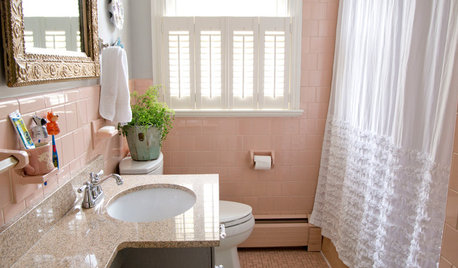
BATHROOM DESIGNHouzz Call: Have a Beautiful Small Bathroom? We Want to See It!
Corner sinks, floating vanities and tiny shelves — show us how you’ve made the most of a compact bathroom
Full Story
LIFE6 Ways to Cool Off Without Air Conditioning
These methods can reduce temperatures in the home and save on energy bills
Full Story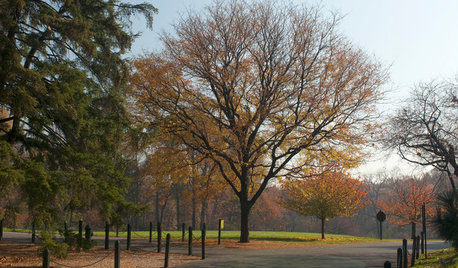
LIFEHow to Decide on a New Town
These considerations will help you evaluate a region and a neighborhood, so you can make the right move
Full Story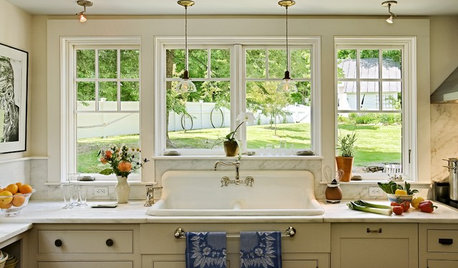
PHOTO FLIP60 Kitchen Sinks With Mesmerizing Views
Check out this parade of views from the kitchen sink and tell us: Which offers the best backdrop for doing the dishes?
Full Story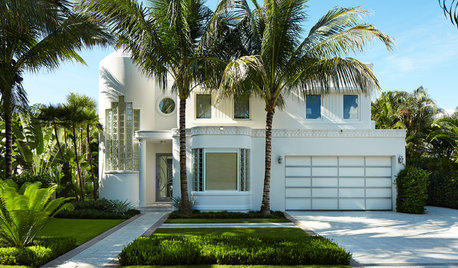
ARCHITECTURERoots of Style: Art Deco and Art Moderne
Get to know the similarities and differences between these architectural styles of the 1920s and 1930s
Full Story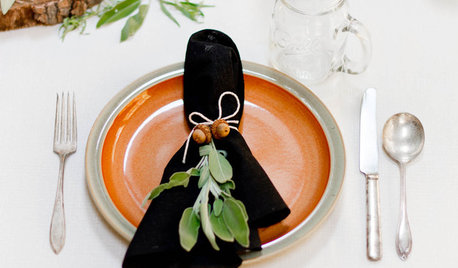

EVENTSMaker Faire: The Future Is Now
Kid-friendly robots and high-tech sprinkling systems: This fair shows what’s new and next
Full StorySponsored
More Discussions







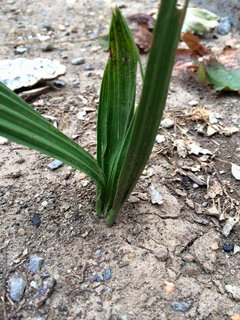
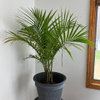

spockvr6